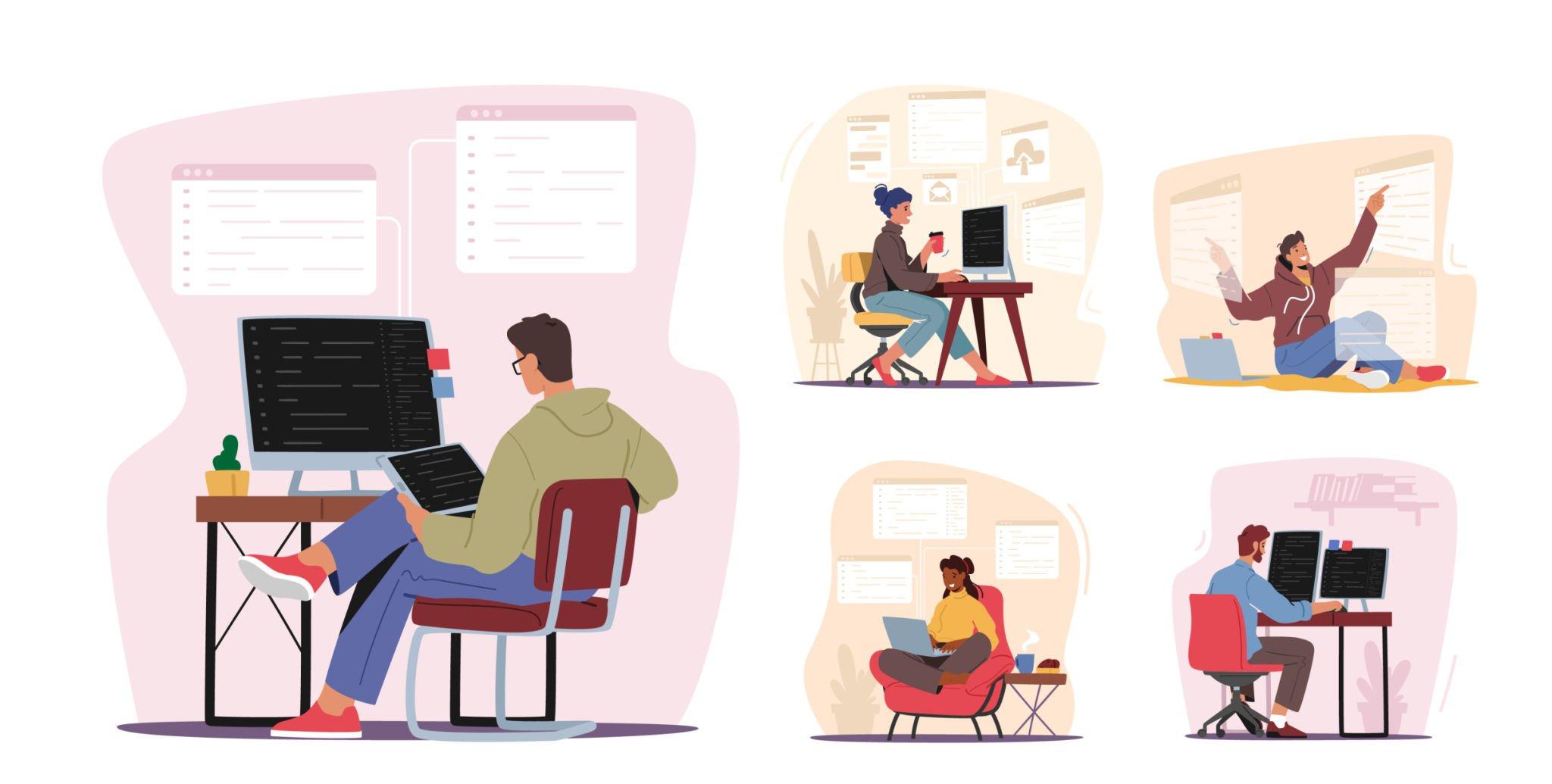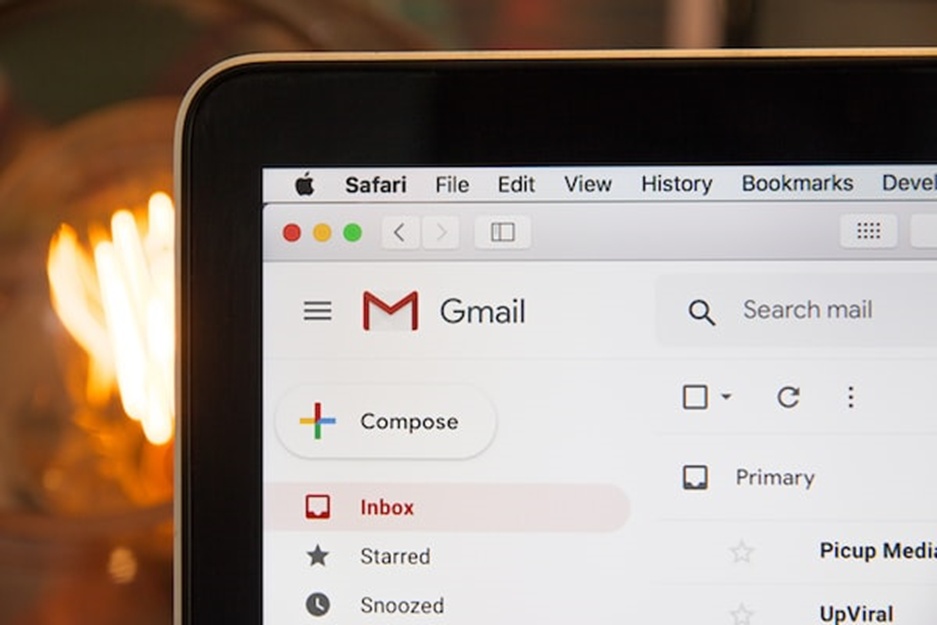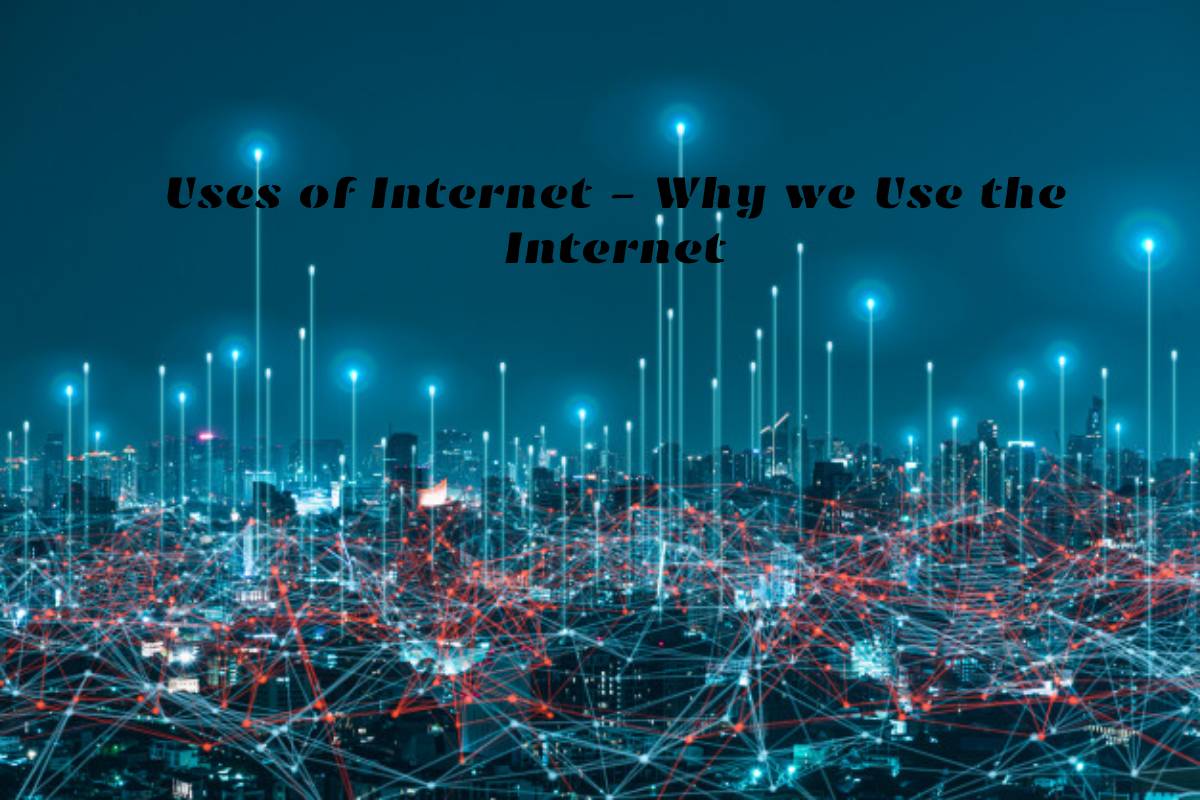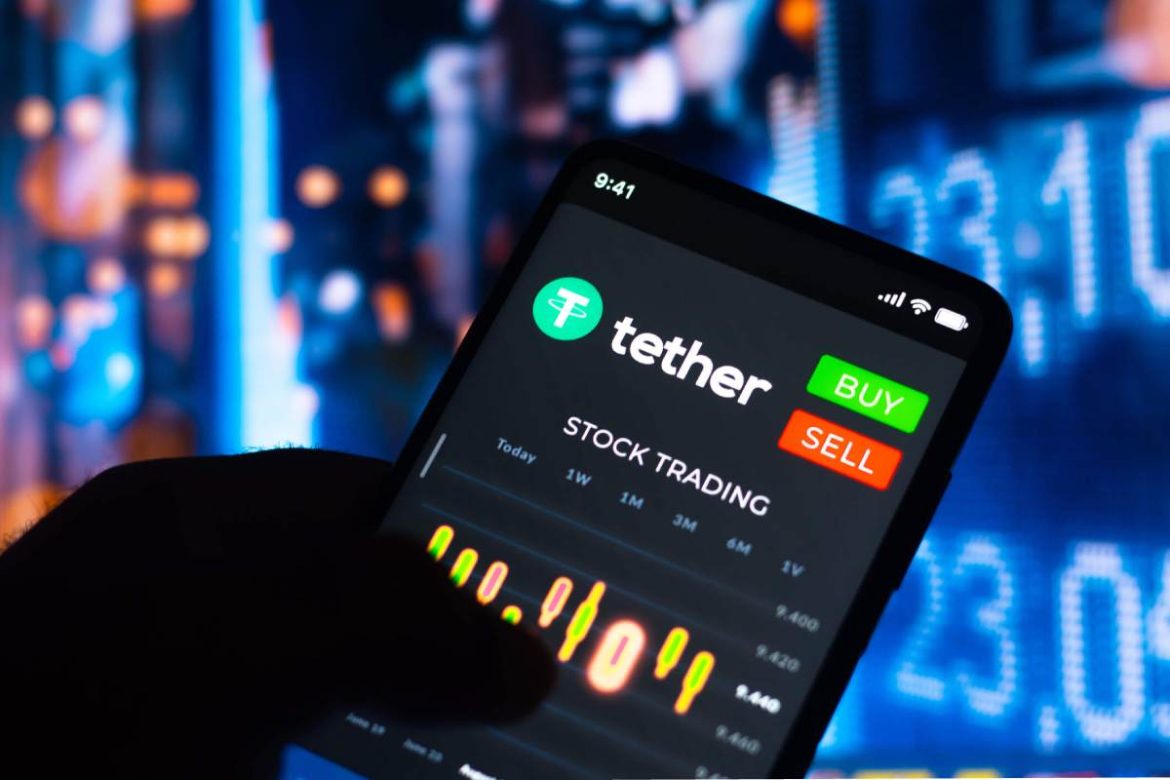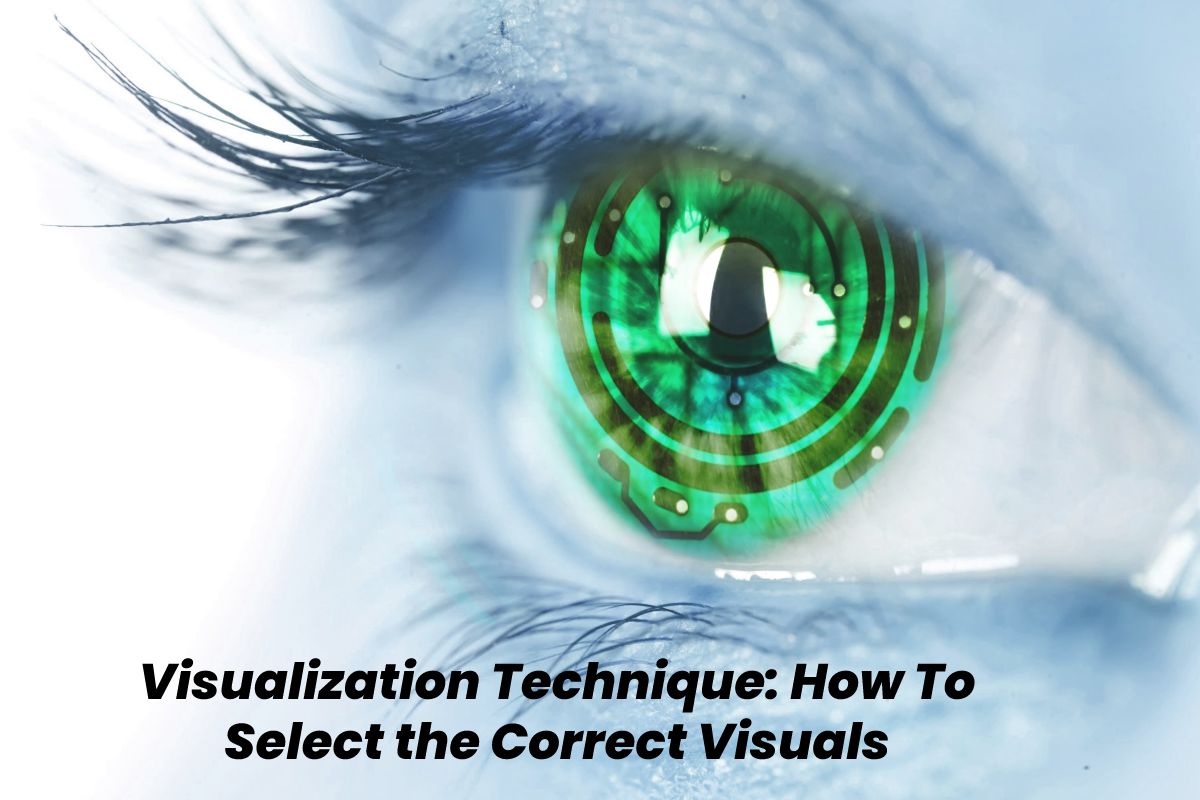Designing A Website – A good website is essential for customer engagement, regardless of the site’s purpose. Because if you want a successful blog, strong e-commerce retail sales, or to reach a broad audience for some other reason, it’s the only way to do so. Therefore, it’s vital to consider a few essential elements when planning the design of one.
Table of Contents
The Look
Whichever part of the website a visitor first lands on, it needs to be inviting and immediately informative to keep them there. Choosing the design of the web page is, therefore, extremely important. It needs to incorporate the company branding and use white space so that text pops and captures the audience’s imagination. It’s a delicate balancing act, but once the basics are decided, it becomes easier to fill in the content.
Images
Images are a fantastic way to highlight an idea or inform about a product. But they mustn’t overwhelm the page or have too much crammed into one image, as that detracts from the user experience. Use an online background remover to edit pictures, so they’re appealing to view and give a clean finish to the page. Removing the natural background can allow the editor to add a different one, tying in with the website’s theme nicely.
Web Responsive Design
How we access, the internet has changed dramatically in the last decade, with most people now browsing the web from a smartphone or other mobile device. What this means is that the days of webpages that work great on a PC browser and nothing else are long gone. Because you can bet the second someone clicks onto a webpage that isn’t optimized for a small screen device, they’re planning to leave again just as fast. Ensure to build web responsive design from the outset to prevent alienating any section of your audience.
Relevant Content
There are two main reasons for keeping a webpage’s content relevant and up to date. Firstly, it’ll improve the page’s SEO standings, thus putting it in front of a more significant percentage of its target audience. And secondly, it’ll encourage greater conversion of clicks to sales. People have short attention spans, stuff the site with too much irrelevant information, and visitors won’t engage, taking their business elsewhere.
Simplify
Keep it simple to stop those short attention spans from wandering. In the same way the look of the site needs to be simple and elegant, and avoid adding unnecessary steps when it comes to navigating. Menus no longer need to be tidied away into a drop-down from the hamburger. Instead, make them readily accessible at the top or side of the page, letting visitors navigate about without taking extra, time-consuming steps. Cutesy headings are fine as long as they fit the website’s theme and accurately describe the link.
Building and designing a successful webpage isn’t very hard. Once you have a company or product brand in place, creating an attractive design falls into place. Then it’s a matter of providing relevant information that’s easy to view and navigate on any device.

